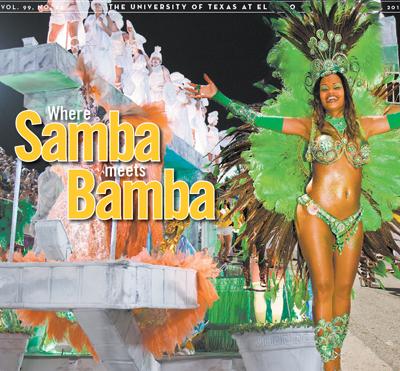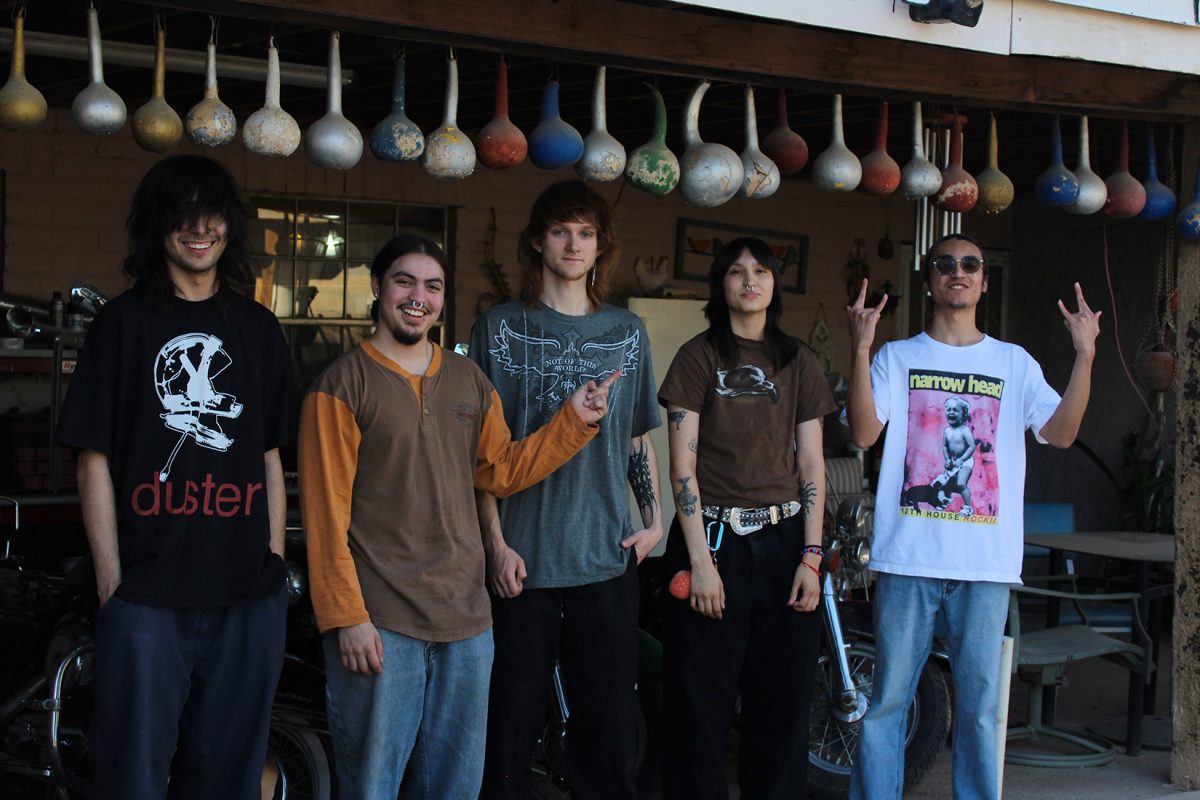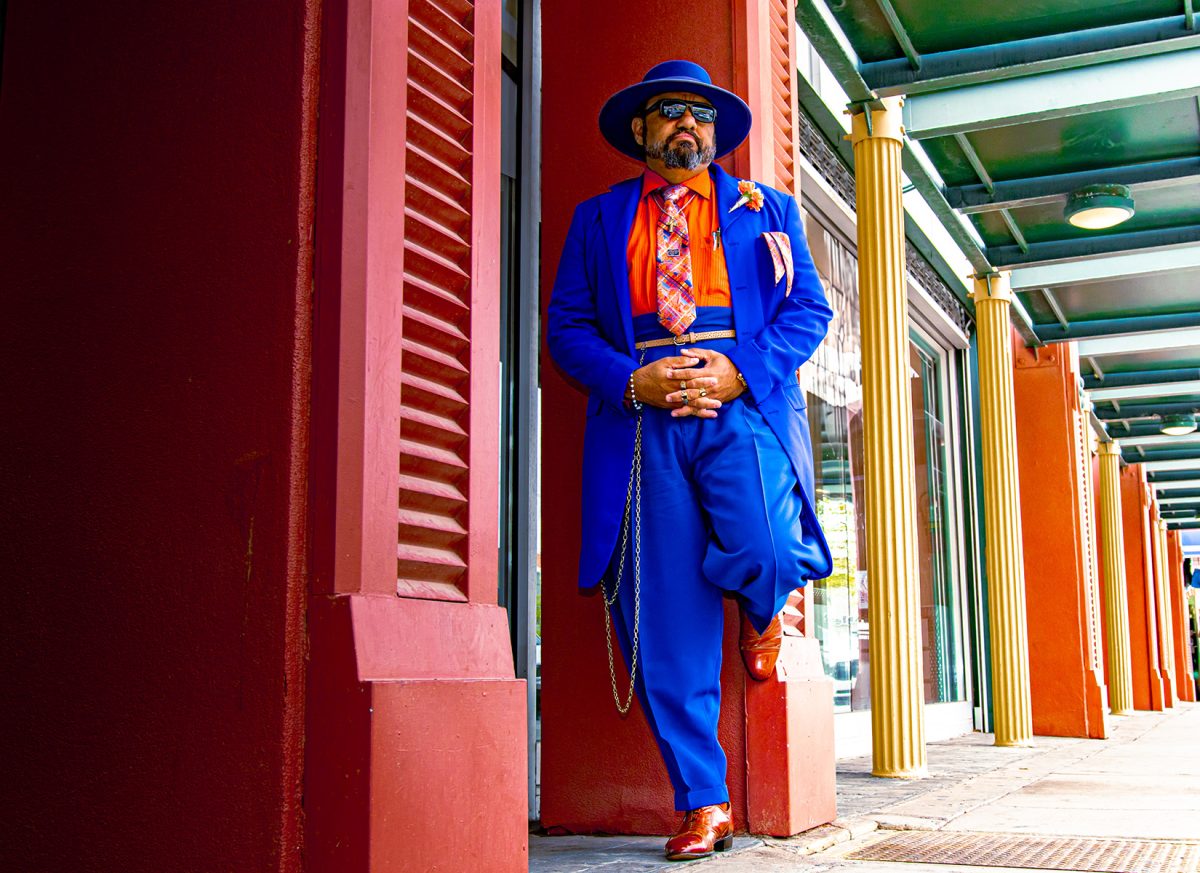
A samba dancer has seemingly transformed into a peacock. A long, blue, elaborate feather headdress adorns her. It pours out of a golden crown beginning at the top of her head and drizzles down over her back.
The crown reaches out into her face, covering her eyebrows and stops at the tip of her nose. Out of her back, more white feathers flow out of her sequined costume. She glitters in the light, smiles, sings and dances. She is just one of many samba dancers in Brazil’s Samba Parade.
Carnaval, a Mardi Gras-style festival that’s most famously celebrated in Rio de Janeiro, takes up a mile-long street and will be celebrated March 4.
The Brazilian Culture Club is hoping to bring the same to UTEP and will be hosting a celebration called “Carnaval Brasilero” from 10 a.m. to 2 p.m. on March 4 at the El Paso Natural Gas Conference Center.
The event will feature activities such as samba, jiu-jitsu, Capoeira, music, free food and raffles for prizes.
“Brazil is the country we hope to express as a world theme,” said Ana Dominguez, president of the Brazilian Culture Club.
Although many students might be quick to celebrate the day, they may not know the historical context behind the celebration or why the holiday exists.
According to Raul Armendariz, senior environmental sciences major, Mardi Gras is a celebration of “Louisiana, boobs, beads—that’s it.”
Mardi Gras, Fat Tuesday or Carnival has its roots as a Catholic holiday. The day is supposed to be a moment of celebration before the 40 days of Lent, which begin on Ash Wednesday.
“They (students) don’t go through the process of 40 days of austerity and reflection,” Dominguez said.
Much like St. Patrick’s Day and Mexico’s Cinco De Mayo, the holiday seems to have outgrown it’s roots and has been redefined as a big day to party.
“We are a culture that looks to indulge in excess,” said Ann Horak, director of Religious Studies. “We re-appropriate culture into our culture of excess.”
She also said in some ways the holiday hasn’t changed. Since the Middle Ages, Mardi Gras has been a day to celebrate in excess.
At UTEP and in El Paso, Mardi Gras is celebrated at Cincinnati Street, which will be closed off March 4 and jam-packed with college students with bright purple, gold and green beads hanging around their necks. The event usually provides a day for college students to relax, enjoy and have some fun.
“There’s always a thing at Cincy,” said Vianssa Armendariz, sophomore, biology major. “Girls at Cincy get crazy. They start flashing people from the balcony.”
Brazilian exchange student Guliana Pasqualini, who is a senior engineering major, said even in Brazil, the holiday does not stick to its religious roots.
“Most people are not really religious about Carnaval,” Pasqualini said. “It’s a national holiday, so we only get together and party.”
Some students have decided to turn away from the holiday.
“I think the only reason why I don’t celebrate it is because there’s this idea of getting drunk and throwing beads and flashing people,” Raul Armendariz said.
Others are eager to celebrate the holiday, but find it inconvenient to party on a Tuesday.
“If it was on a weekend I would (celebrate) because I got stuff to do. I don’t want to kill my brain cells during the week,” said Roger Canales, junior education major.
Maria Esquinca may be reached at [email protected].









